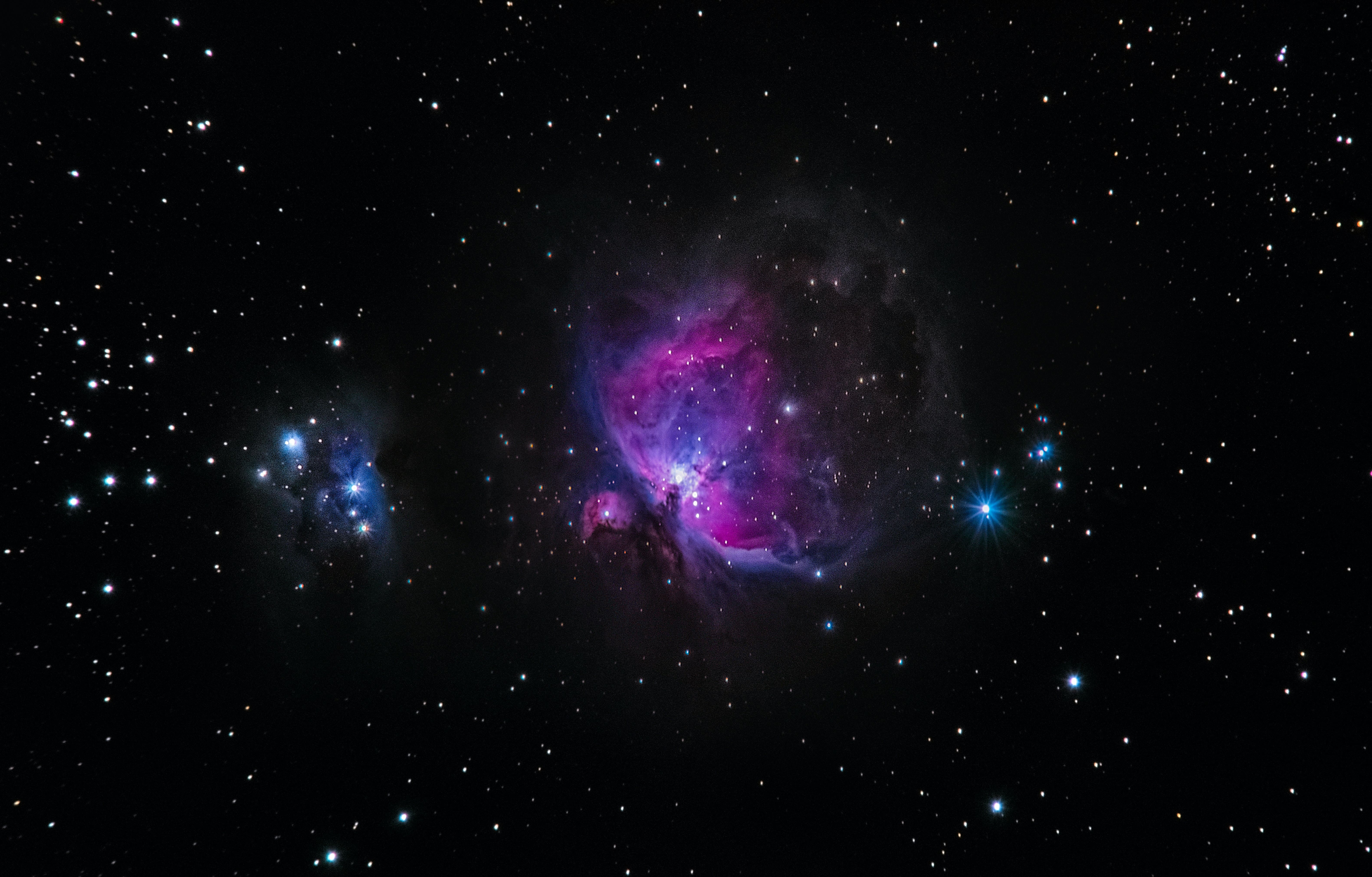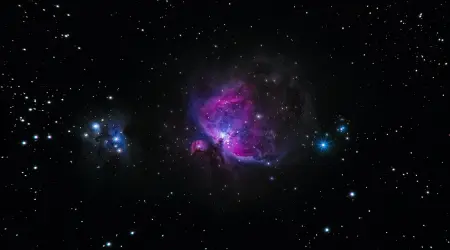

Astronomers Discover Galaxy Frozen in Time for Billions of Years
In an extraordinary discovery that could reshape our understanding of the universe, astronomers have identified a galaxy that has remained virtually unchanged for over 13 billion years. This ancient cosmic relic is providing scientists with a rare glimpse into the early moments of the universe and raising fascinating questions about galactic evolution.
The galaxy, officially named JADES-GS-z7-LA, is being hailed as a "relaxed fossil galaxy" by experts. This term describes galaxies that formed rapidly in the early universe and have experienced little to no structural changes since their creation.
The remarkable find was made possible through observations by the James Webb Space Telescope (JWST), NASA's latest and most powerful space observatory, renowned for its ability to peer deep into the cosmos and unveil secrets from the universe’s infancy.
A Window to the Early Universe
The discovery of JADES-GS-z7-LA is significant for multiple reasons. According to researchers, this galaxy dates back to a time when the universe was only about 700 million years old — a mere fraction of its current estimated age of 13.8 billion years.
What's truly astonishing is that the galaxy appears to have undergone minimal changes over billions of years. Its structure, shape, and temperature remain remarkably stable, indicating that it has experienced little external interference or internal evolution. In other words, it's as though this galaxy has been "frozen in time."
Stellar Activity Almost at a Standstill
One of the key features that set this galaxy apart is its extremely low star formation activity. Typically, young galaxies from the early universe are known for their intense bursts of star creation as they grow and evolve. However, JADES-GS-z7-LA appears to have ceased star formation shortly after its birth.
Scientists believe that this lack of stellar activity is one of the primary reasons the galaxy has retained its ancient characteristics. Without new stars forming and without significant interactions with other galaxies, JADES-GS-z7-LA has remained in a preserved, fossil-like state.
How Was This Galaxy Found?
The discovery was made through the James Webb Space Telescope's advanced infrared imaging capabilities. The JWST can observe distant galaxies whose light has taken billions of years to reach Earth, effectively allowing scientists to look back in time.
Using these powerful tools, astronomers spotted JADES-GS-z7-LA among several other early-universe galaxies. Upon closer inspection, it became clear that this particular galaxy was fundamentally different from its peers due to its calm, undisturbed nature.
The galaxy resides in what scientists refer to as the "Cosmic Dawn" era, a period shortly after the Big Bang when the first galaxies and stars were forming. Finding such a stable, unchanged galaxy from this era is unprecedented.
Why Is This Discovery So Important?
Galaxies in the early universe were typically chaotic, constantly merging, colliding, and reshaping as part of their evolution. However, JADES-GS-z7-LA challenges this standard model by suggesting that some galaxies might have formed quickly and remained isolated enough to avoid dramatic changes.
This discovery could revolutionize how scientists view galactic development. It raises intriguing questions about the conditions that allowed such a galaxy to remain untouched and whether there might be more "fossil galaxies" waiting to be discovered.
Dr. Emily Sanchez, a leading astrophysicist involved in the research, explains:
“The existence of JADES-GS-z7-LA indicates that galaxy formation in the early universe was more diverse than we imagined. Some galaxies grew rapidly and remained dormant, while others evolved through countless mergers and interactions.”
A New Frontier in Stargazing
The detection of JADES-GS-z7-LA is also likely to boost interest in deep space exploration and stargazing tours. As telescopes like JWST continue to uncover ancient cosmic relics, the mystery and beauty of the universe become even more accessible to the public.
Many space tourism companies and educational institutions are already planning specialized stargazing tours and events centered around recent astronomical discoveries. Although galaxies like JADES-GS-z7-LA are invisible to the naked eye, digital simulations and planetarium experiences can bring these ancient wonders to life for enthusiasts on Earth.
What Lies Ahead?
The discovery of JADES-GS-z7-LA is just the beginning. Astronomers hope to use the James Webb Space Telescope to hunt for more ancient, fossil-like galaxies to further understand how the early universe evolved.
By studying such preserved galactic structures, scientists can piece together a more complete picture of cosmic history, shedding light on the formation of stars, planets, and perhaps even the origins of life itself.
One thing is certain — as we peer deeper into the cosmos, the universe continues to surprise us with its hidden treasures, reminding us just how much there is still to discover.
Want more space discoveries? Stay tuned for the latest cosmic updates on our blog!




